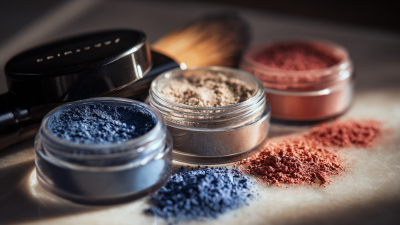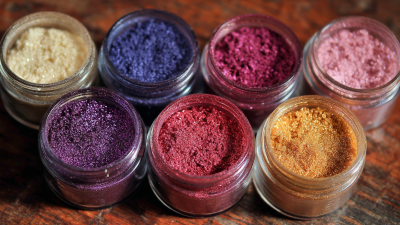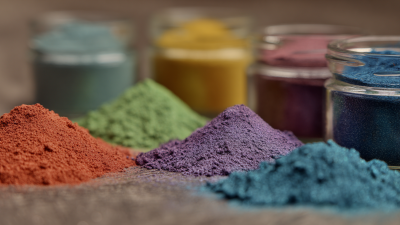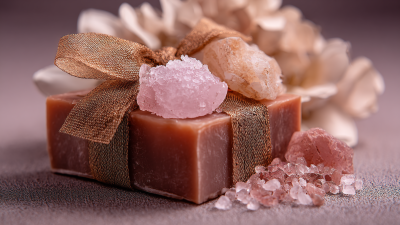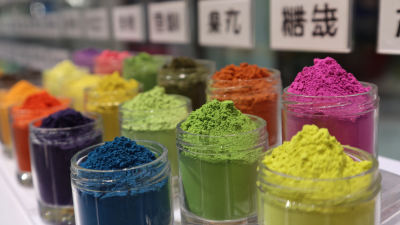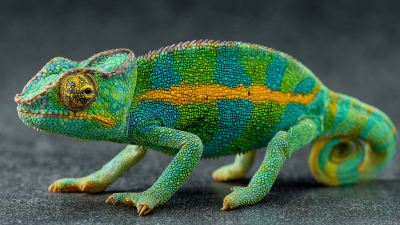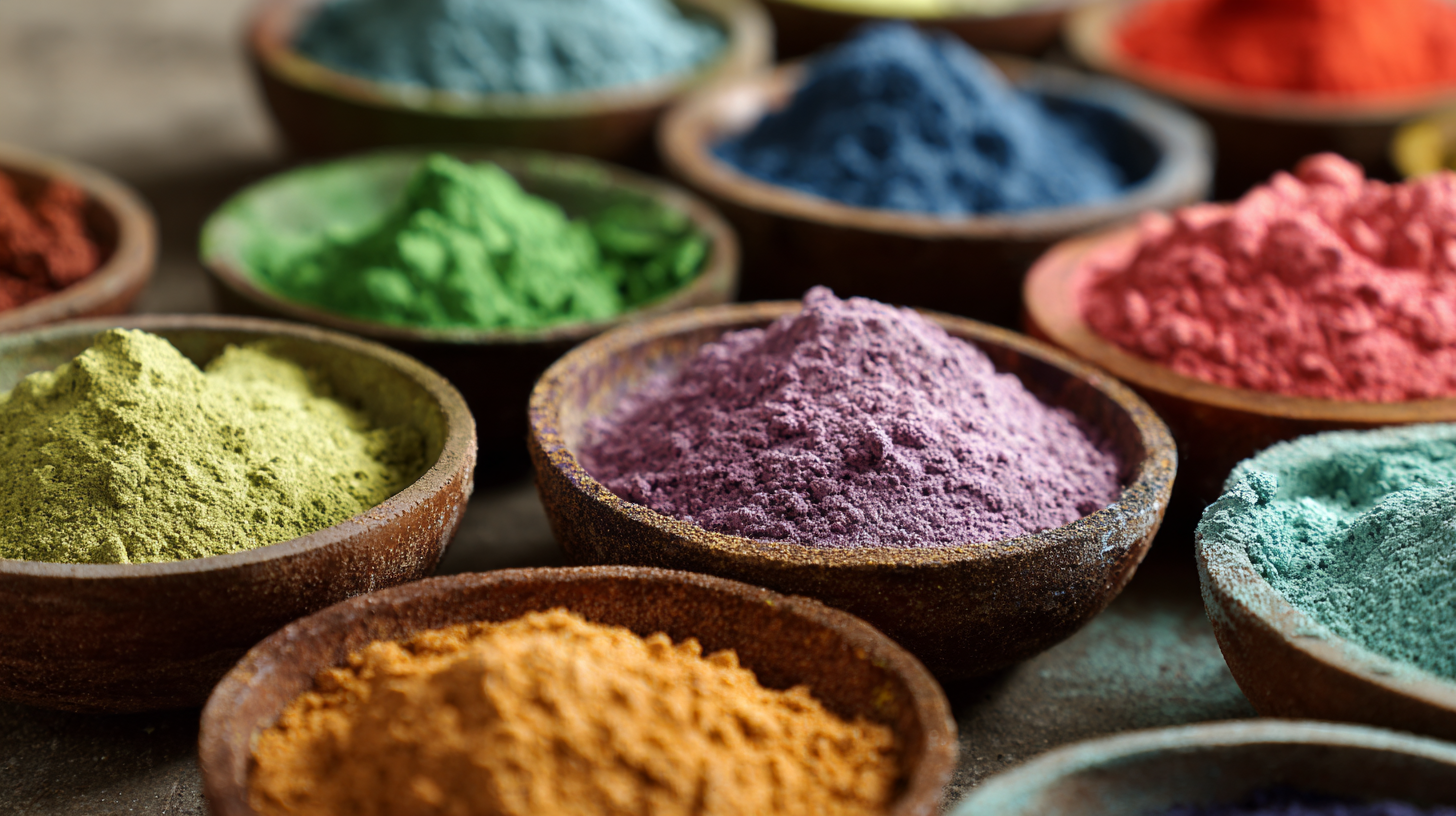 Mica powder in soap has revolutionized the craft of soap-making, offering artisans vibrant color options and unique visual effects. According to a report by the Global Cosmetic Ingredients Market, mica powder is experiencing significant demand, projected to grow at a CAGR of 6.2% over the next five years, driven largely by the clean beauty movement and the rise of natural ingredients. This mineral pigment not only enhances the aesthetic appeal of soap products but also aligns with consumer preferences for environmentally friendly and non-toxic items. Furthermore, the versatility of mica powder enables soap-makers to create a variety of textures and finishes, from shimmery swirls to subtle sparkles. In this step-by-step guide, we will explore how to effectively incorporate mica powder in soap, ensuring your creations are not only beautiful but also meet industry standards for quality and safety.
Mica powder in soap has revolutionized the craft of soap-making, offering artisans vibrant color options and unique visual effects. According to a report by the Global Cosmetic Ingredients Market, mica powder is experiencing significant demand, projected to grow at a CAGR of 6.2% over the next five years, driven largely by the clean beauty movement and the rise of natural ingredients. This mineral pigment not only enhances the aesthetic appeal of soap products but also aligns with consumer preferences for environmentally friendly and non-toxic items. Furthermore, the versatility of mica powder enables soap-makers to create a variety of textures and finishes, from shimmery swirls to subtle sparkles. In this step-by-step guide, we will explore how to effectively incorporate mica powder in soap, ensuring your creations are not only beautiful but also meet industry standards for quality and safety.
Mica powder is a naturally occurring mineral used extensively in soap-making for its unique properties. It is derived from mica mineral, which is known for its ability to reflect and refract light. This characteristic gives soap an appealing shimmer and a vibrant color palette, making it an attractive choice for artisanal soap makers. According to a report from the Global Mica Coalition, the market for cosmetic-grade mica is projected to grow at a CAGR of 4.5% from 2021 to 2026, underscoring its rising popularity in various industries, including personal care products.
One of the key properties of mica powder in soap-making is its non-toxic nature, making it safe for all skin types. Unlike synthetic colorants, mica does not irritate the skin, and its fine particles create a smooth finish that enhances the aesthetic appeal of the soap. Research published in the "Journal of Applied Cosmetic Science" emphasizes that mica powder's ability to withstand high temperatures during the saponification process helps retain its color and sheen, making it a reliable option for soap crafters. Furthermore, the inclusion of mica powder not only elevates the visual appeal but can also contribute to the overall quality of the final product, positioning it as a must-have ingredient for those looking to create luxurious, high-end soaps.
| Property | Description | Benefits in Soap-Making |
|---|---|---|
| Mineral Composition | A natural silicate mineral. | Non-toxic and safe for skin. |
| Color Variety | Available in a wide range of colors. | Enhances aesthetic appeal of soaps. |
| Shimmer Effect | Provides a natural sparkle. | Adds a luxurious finish to soap bars. |
| Emulsifying Properties | Helps in mixing ingredients. | Ensures even distribution of colors. |
| Texture Enhancement | Fine powder with smooth texture. | Improves the overall feel of the soap. |
When selecting mica powder for soap-making, it’s essential to consider the quality and source of the product. Opt for cosmetics-grade mica powder, which is specifically designed for use in skin products. This ensures that the mica is non-toxic and safe for all skin types. Look for suppliers that provide detailed information about the sourcing and purity of their mica. Transparency in ingredient sourcing not only guarantees safety but also supports ethical practices in the industry.
Additionally, consider the color and particle size of the mica powder. Mica comes in a variety of stunning shades, and the choice will depend on the desired aesthetic of your soap. Fine mica powders tend to create a more uniform and smooth finish, while coarser particles can add texture and visual interest. Experiment with different shades and sizes to achieve unique effects in your creations. Always test a small batch first to see how the mica interacts with your soap base before committing to larger quantities.
Incorporating mica powder into your soap recipes can significantly enhance both the aesthetic appeal and quality of your handmade bars. According to a report by the Handcrafted Soap and Cosmetic Guild, around 73% of soap makers believe that colorants, particularly natural ones like mica, play a crucial role in consumer purchasing decisions. To begin, select a high-quality mica powder that is skin-safe and suitable for use in cosmetics. Measure out the desired amount based on your recipe’s volume; typically, 1-2 teaspoons of mica powder per pound of soap base yields vibrant colors.
The next step is to properly disperse the mica powder to ensure an even distribution throughout your soap. Mix the powder with a small amount of oil (such as olive or coconut oil) before adding it to your soap mixture. This helps prevent clumping and allows for a smoother appearance. A study published in the Journal of Cosmetic Science indicates that colorants can influence perception, promoting a sense of indulgence and luxury in soap products. Therefore, experimenting with different mica shades can not only enhance the look of your soap but also attract consumers seeking visually appealing and unique products.
Mica powder is a versatile and popular additive in soap-making, renowned for its vibrant color effects and shimmering finish. When using mica powder, it's essential to understand the different techniques that can help you achieve stunning results. One effective method is to mix mica powder with a carrier oil before incorporating it into your soap mixture. This allows for an even distribution of color throughout the soap, preventing clumps and ensuring a smooth appearance.
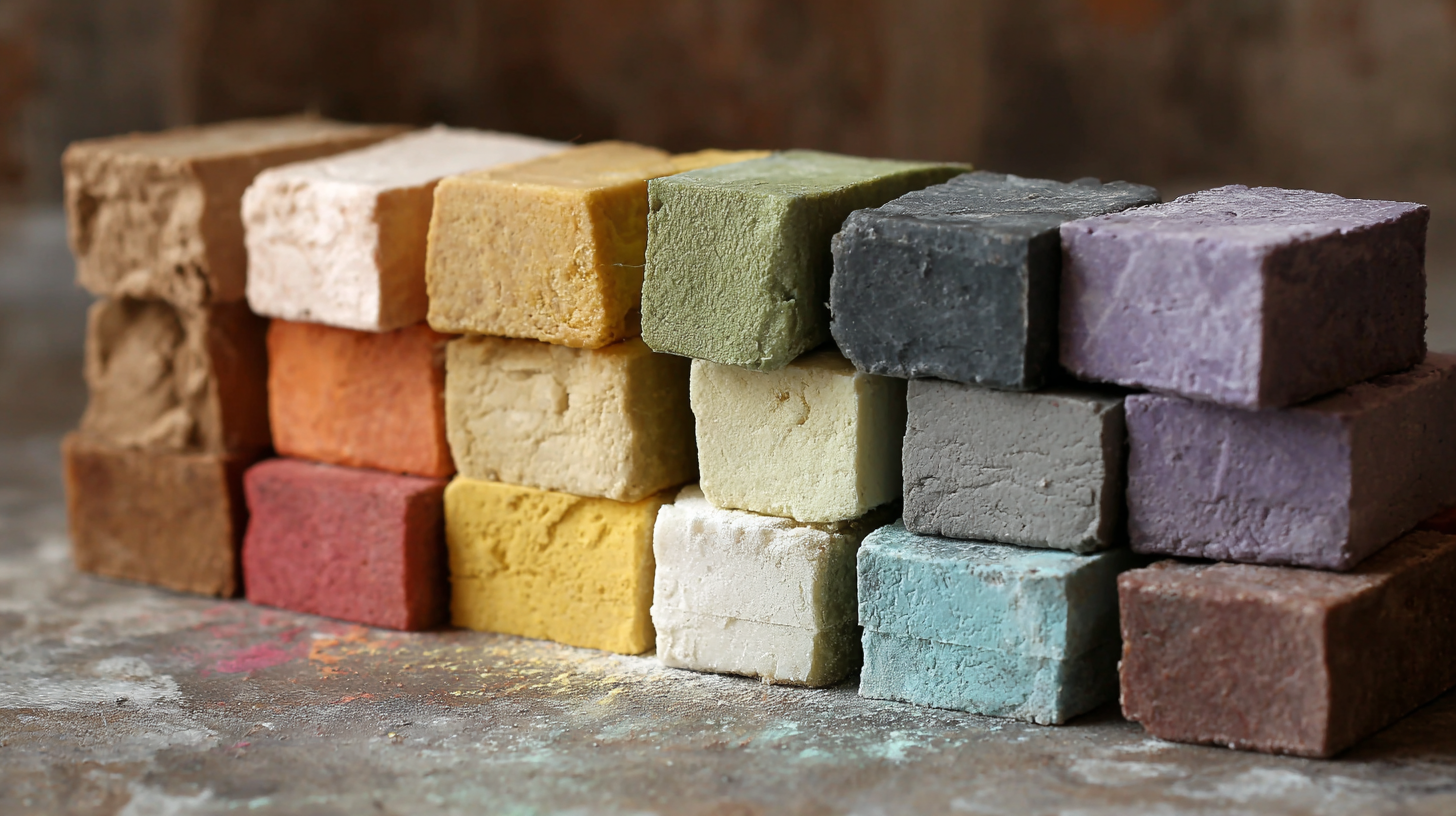
Another technique involves the “layering” approach, where different colors of mica powder are added in layers to create a visually striking effect. This can be done by pouring a base layer of soap, allowing it to set slightly, and then adding another layer with a different color of mica, creating depth and dimension. Additionally, swirling mica powder into the soap mixture just before pouring can yield beautiful marbled effects, allowing the colors to blend organically while still retaining their individual vibrancy. Each method unlocks unique possibilities, making mica powder an essential tool for any soap maker looking to elevate their craft.
When incorporating mica powder into soap-making, safety should always be a top priority. According to the Handcrafted Soap & Cosmetic Guild, improper handling of cosmetic micas can lead to skin irritation or respiratory issues, especially when airborne particles are inhaled. To mitigate these risks, it is recommended to wear a suitable mask and gloves during the mixing process, ensuring that you are protected from any potential irritants. Moreover, working in well-ventilated spaces can significantly reduce inhalation risks, as the dispersal of airborne particles is crucial for maintaining a safe workspace.

Understanding the correct usage of mica powder is equally important. A report from the Personal Care Products Council emphasizes that mica should be used in moderation—typically, 1 to 3 teaspoons of mica powder per pound of soap base is advisable. This not only ensures that the color remains vibrant but also helps avoid clumping, which can occur when too much mica is added. Additionally, it is beneficial to blend the mica with a small amount of carrier oil before adding it to the soap mixture. This technique promotes even distribution of color throughout the soap, yielding a visually pleasing final product while maintaining quality and safety.
